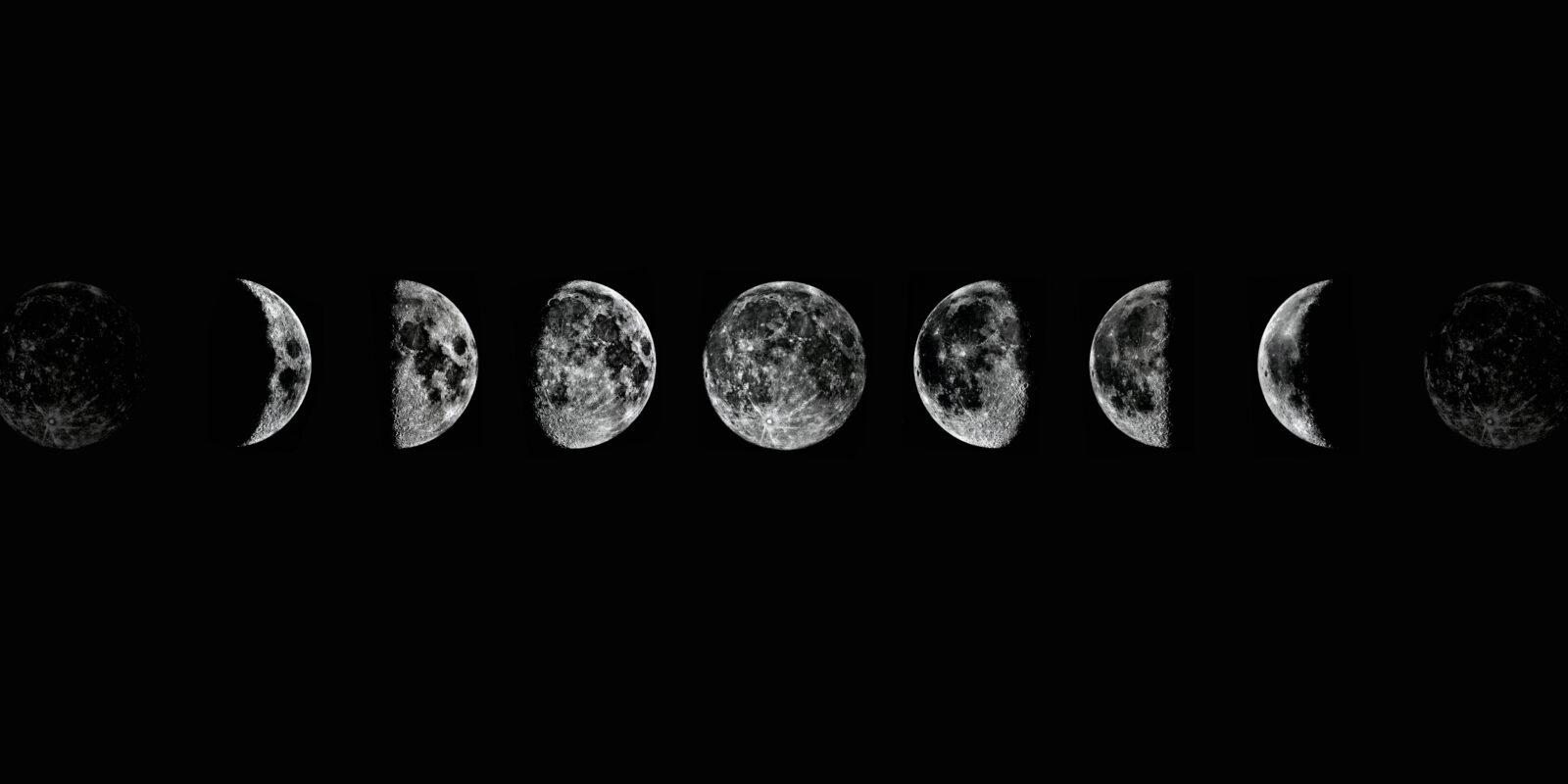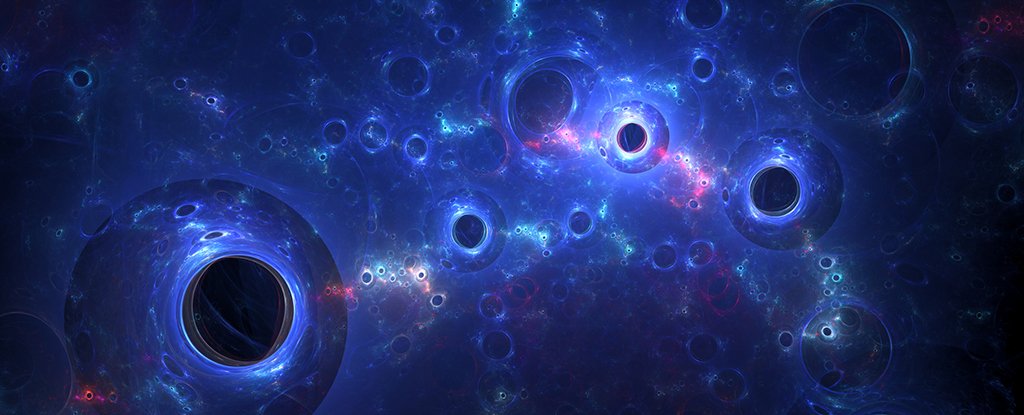Lunar phases refer to the different appearances of the Moon as seen from Earth. These changes are caused by the Moon’s orbit around the Earth and the way sunlight reflects off its surface.
The Eight Lunar Phases
- New Moon: This occurs when the Moon is positioned between the Sun and Earth. The side facing Earth is not illuminated by sunlight, making it appear invisible.
- Waxing Crescent: As the Moon moves in its orbit, a small sliver of the Moon becomes visible.
- First Quarter: Half of the Moon’s surface is illuminated, appearing as a half-circle.
- Waxing Gibbous: More than half of the Moon’s surface is illuminated, but not yet full.
- Full Moon: The entire side of the Moon facing Earth is illuminated, appearing as a full circle.
- Waning Gibbous: The illuminated portion of the Moon begins to decrease.
- Third Quarter: The Moon appears as a half-circle again, but the opposite side is illuminated from the First Quarter.
- Waning Crescent: A small crescent of the Moon is visible before returning to the New Moon phase.
Synodic Month vs. Sidereal Month
- Synodic Month: This is the average time it takes for the Moon to return to the same phase as seen from Earth. It is approximately 29.5 days long.
- Sidereal Month: This is the time it takes for the Moon to complete one orbit around Earth relative to the stars. It is slightly shorter than the synodic month, at about 27.3 days.
Eclipses
- Lunar Eclipse: A lunar eclipse occurs when the Earth passes between the Sun and the Moon, blocking sunlight from reaching the Moon.
- Solar Eclipse: A solar eclipse occurs when the Moon passes between the Sun and Earth, blocking the Sun’s light from reaching a small area of Earth.
Would you like to learn more about a specific lunar phase or the relationship between the Moon and Earth’s tides?



